|
Some of you may know I grew up in Winnipeg. Not a big city, but a city nevertheless.
In this middle of this city, I discovered my love of plants and animals and all things, "nature" by exploring vacant lots and my very own postage stamp sized backyard. It might as well have been an old growth forest because, as a child, and as a child without today's tech, my backyard was my world, a wilderness full of daily discoveries and wonder. Ants and maple seeds, sticks and dirt were all I needed to make an afternoon into an adventure. So, anyway, here comes IMAX with a new"ish" film called, "Backyard Wilderness", and from what I can tell, it looks awesome! Of course we can't go to IMAX to see the actual film right now, but they have created an activity guide for families and it has some wonderful projects/activities to do in... you know it... your own backyard or neighbourhood! These activities help kids engage with nature through investigation and observation and are hands-on, and best of all you can learn and play together. One of the activities is an insect investigation (who doesn't love bugs?!) and a nature walk, which includes using some digital technology as well (iNaturalist). Have fun and let us know how it goes. http://backyardwildernessfilm.com/education
0 Comments
Here's a wonderful idea for all ages.
Woodland Creature/ Fairy Homes! They can be as simply or as elaborate as you want. And you can find all the supplies in your home or neighbourhood. How to Build a Fairy/Creature Home Materials: Fairy/Creature home structure (e.g. milk carton, mason jar, cereal box, ceramic pots) Found decorations (any natural materials that are found on the ground. Like sticks, moss, leaves, stones) glue, scissors, paint and markers Steps: Show your child some photos of fairy homes and discuss building a fairy home for the woodland creatures that live in your neighbourhood. Bring out the materials you have available and allow your child to create their own fairy home. Ask questions like: “Where will the doors and windows be?” or “What kind of activities does your creature like to do inside its home?” "What does your fairy/creature need?" Once the home is complete, find a nice spot in the garden or neighbourhood where it can bring joy, not only to fairies, but those passing by. Hello friends. We truly hope you are well in body, mind and spirit. These are very strange waters to navigate and no one is expecting anyone to do anything more than be happy and stay healthy.
But, wow! Are we ever lucky. This glorious weather and the beautiful natural world which surrounds us is such a gift. I am so grateful for the rivers and forests, bird song and salmon berry flowers. The scent of cottonwoods and the sight of the first bees of the season finding refuge in crocuses. And of course, for all of you. I was going to work on creating some really cool and interesting projects and adventures you could do with your families in the comfort of your own yards or neighbourhoods, but it appears others have beat me to the punch. (I've been keeping busy baking homemade buns and kitchen dancing with my niece and nephew to Harry Belafonte's version of the "Banana Boat Song" So, anyway... Throughout this time of "keeping safe" I will continue to share resources for your pleasure (homemade and borrowed) to keep you connected to what is really important: Your Loved Ones, and the Earth. Enjoy. Be excellent to each other. And get outside. “And forget not that the earth delights to feel your bare feet and the winds long to play with your hair.” Khalil Gibran Follow link below for some backyard adventures and learning. https://www.scienceworld.ca/resource/backyard-biodiversity/…
It will take around 2-3 years to see any bat action at this new roost, but we believe it will be successful. The location is prime for bats, and really, who could resist that view? The condo will be mainly used by female bats as a nursery roost. Maybe we should have called it a "Bat Nursery Opening" instead. This is perfect timing for such a project as more cases of the bat killing, White Nose Syndrome, have been discovered in Washington State and is expected to find it's way to BC within a year or two. Providing a "nursery roost" in ideal bat habitat will provide not only what our bats need to survive, but will also create an accessible bat population that we can monitor for signs of the deadly syndrome. Please open file below for more info. on White Nose Syndrome:
After the exciting official opening ceremony, some participants joined the SRWS Executive Director, Edith Tobe, on an informative tour of the Chelem Trail, visited bat information booths, played Estuary Bingo, and of course had "Holy Bat Cake, Batman!" The "night" half of our bat celebration found us at the Squamish Adventure Centre for an intimate and very informative "bat talk" with BC Community Bat Program's, Danielle Dagenais. Did you know we had over 10 different species of bats on the South Coast?
Until next time...How Much Do You Really Know About BC Bats? |
Rhonda O'Grady“What we have loved, others will love, and we will teach them how.” - Wordsworth Archives
March 2020
CategoriesAuthorWrite something about yourself. No need to be fancy, just an overview. |
||||||||||

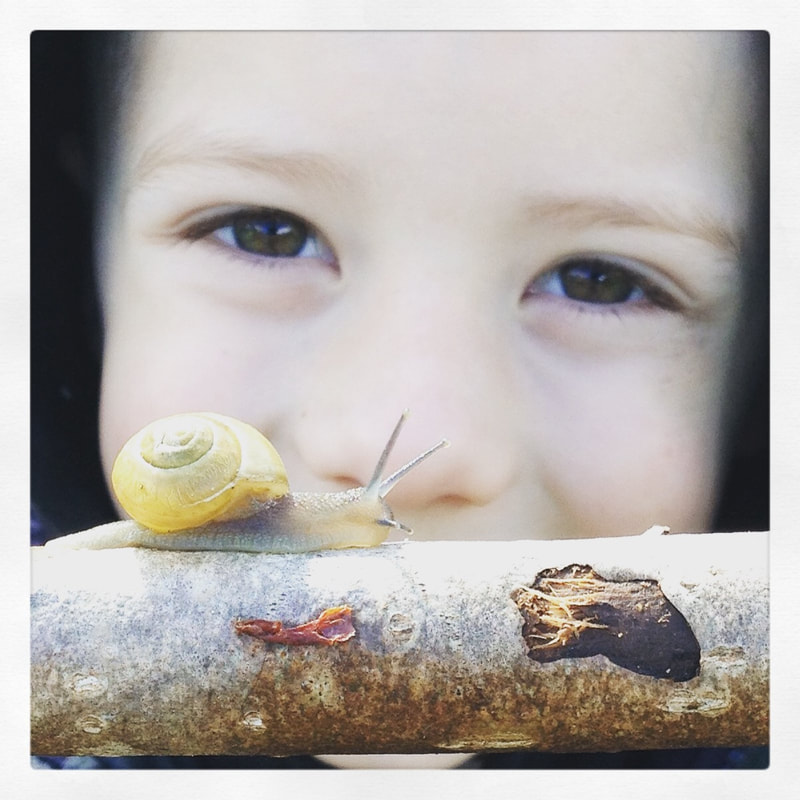
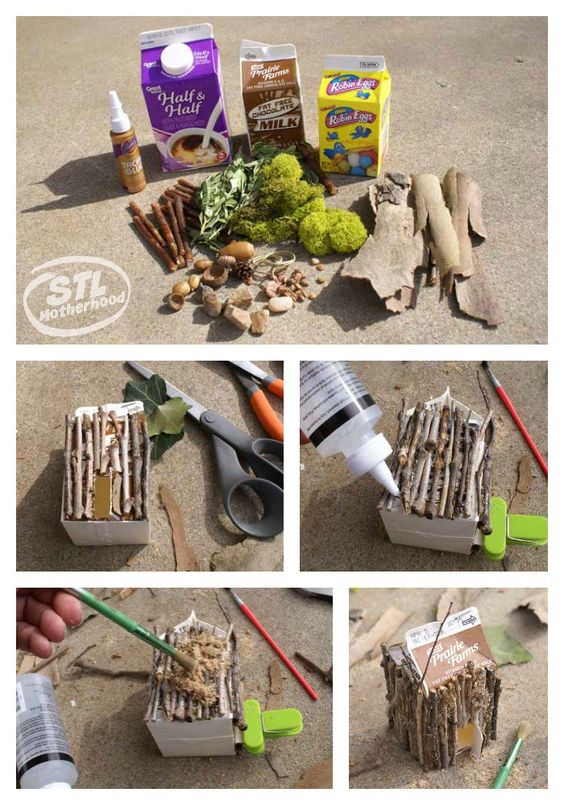
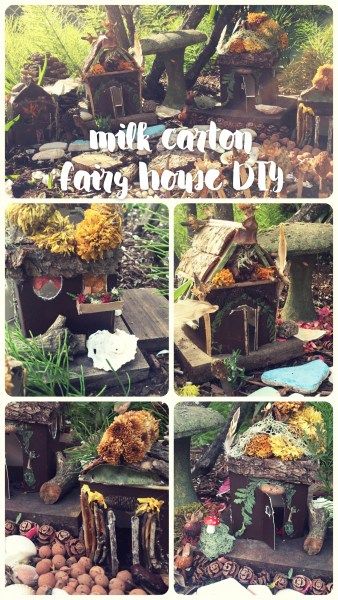
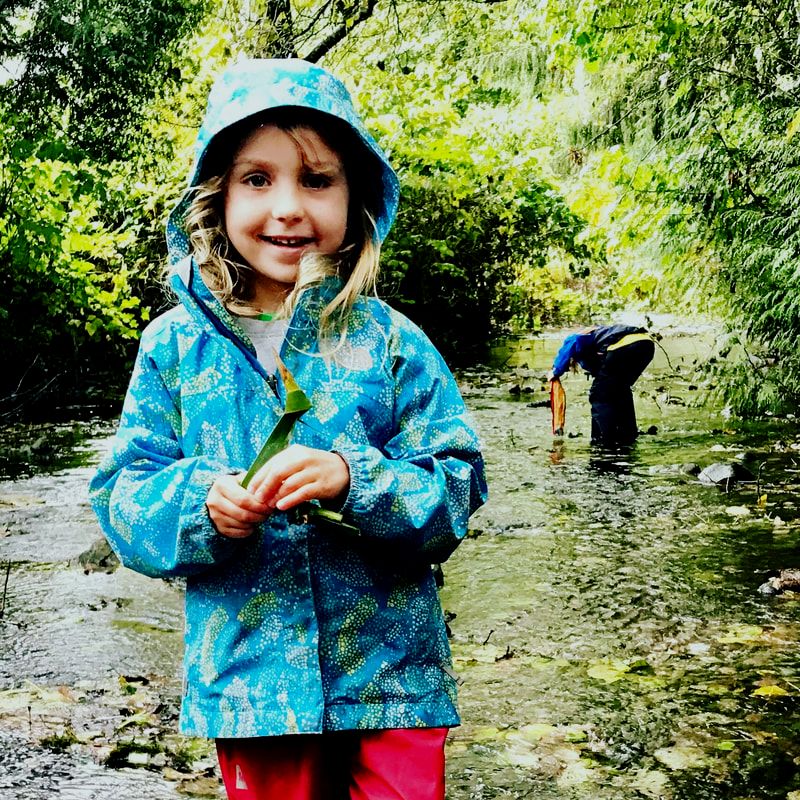
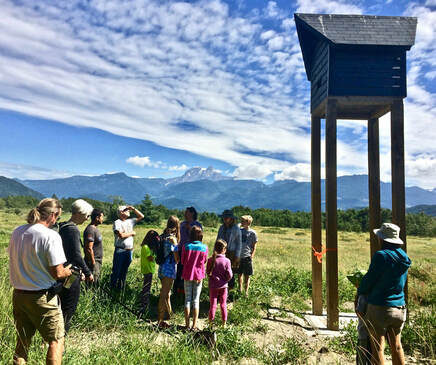
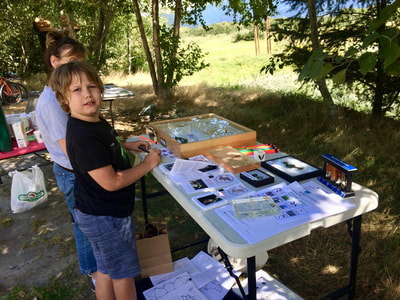
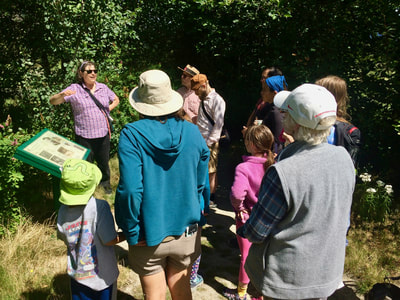
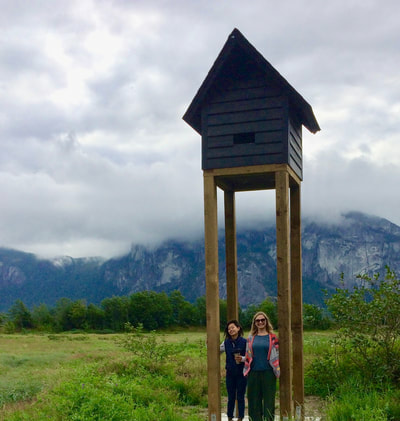
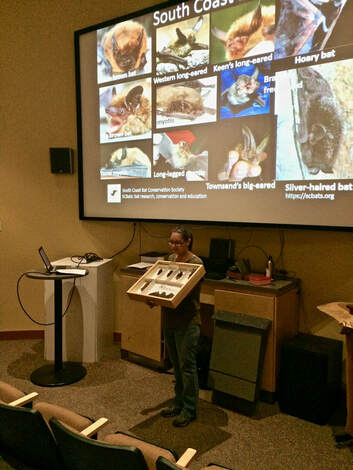


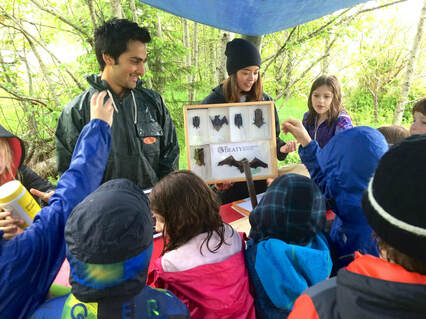

 RSS Feed
RSS Feed